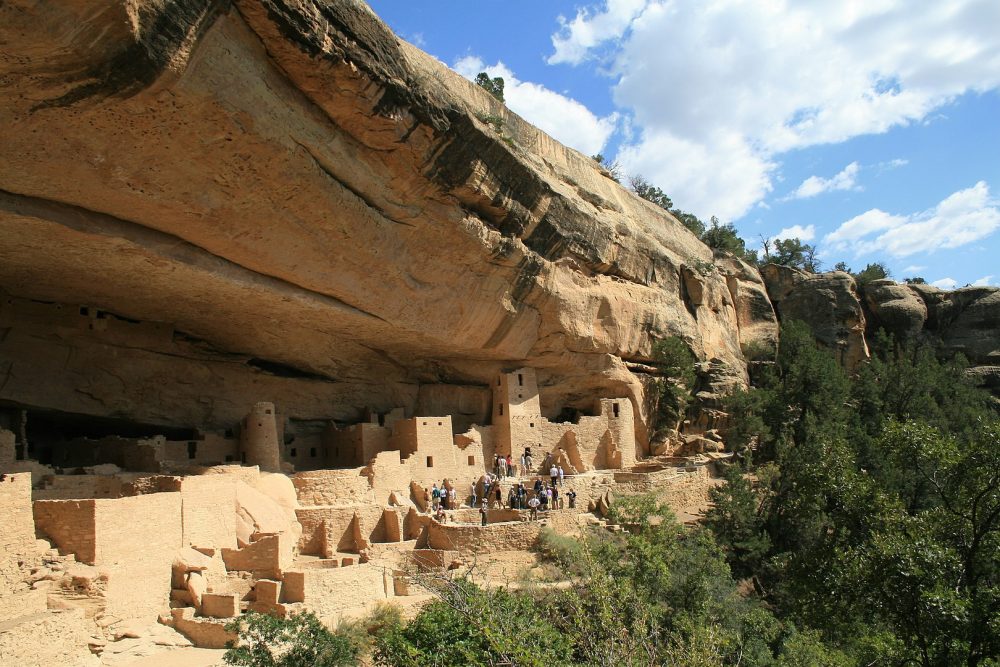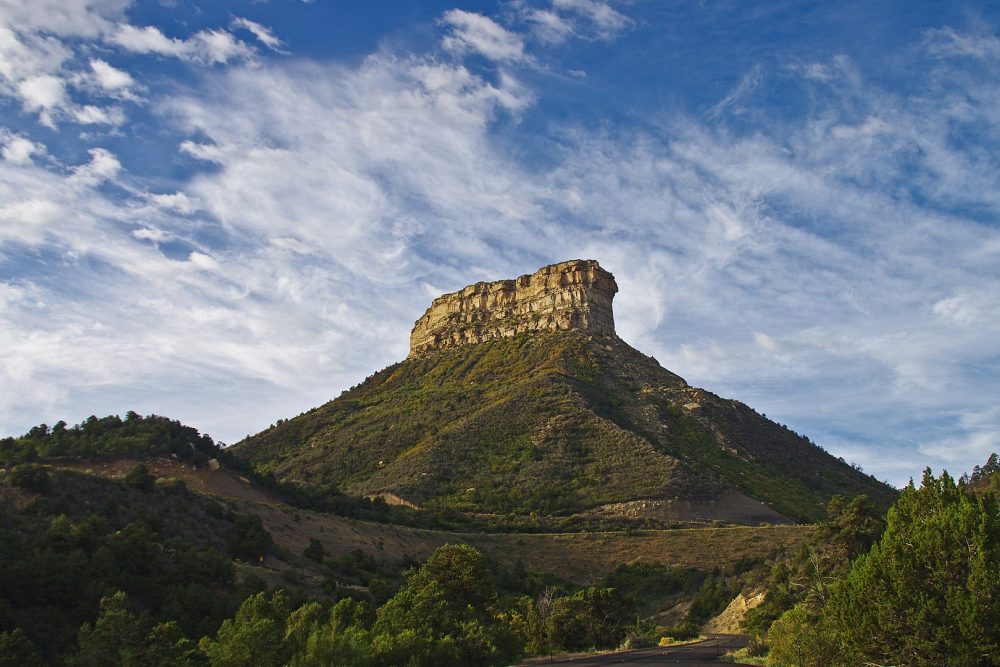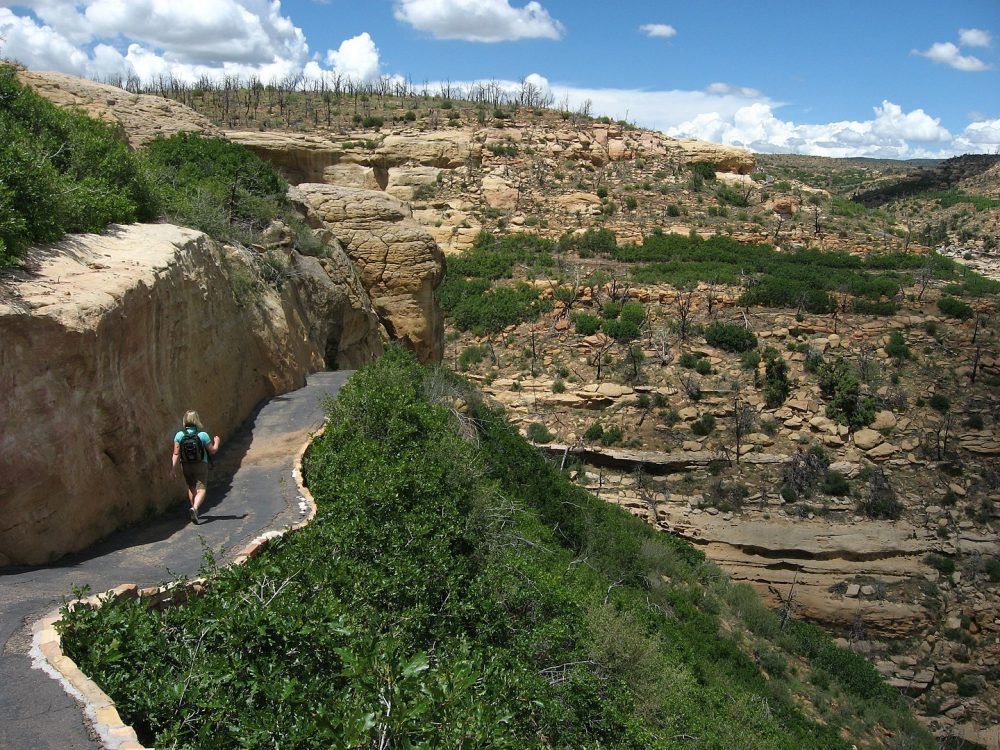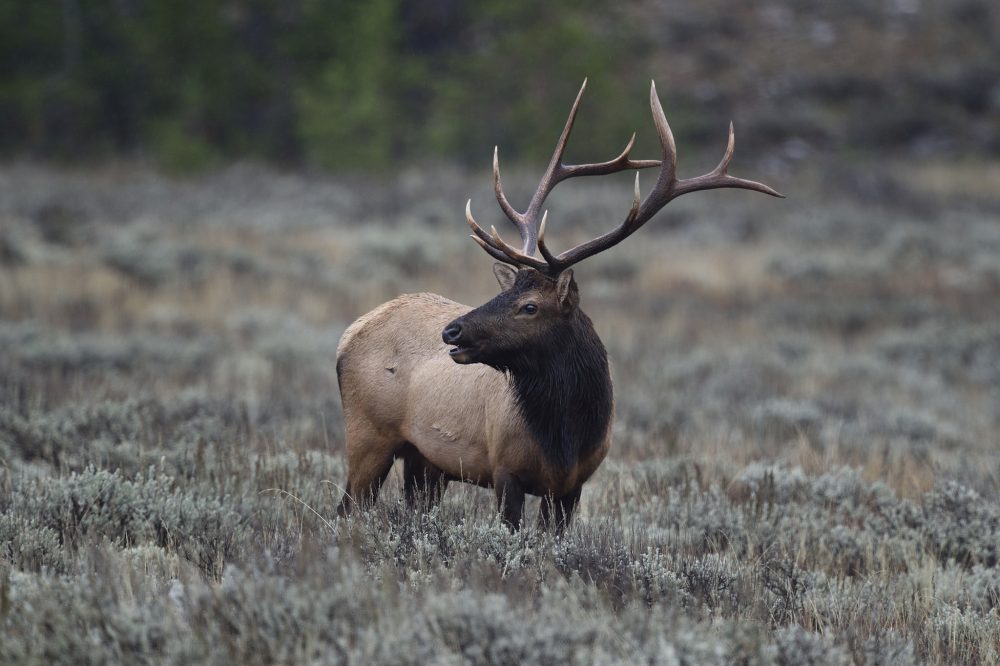Road Trips for Nature Lovers: A Visitor’s Guide to Mesa Verde National Park

Photo: Andreas F. Borchert
Mesa Verde National Park in Colorado contains nearly 5,000 known archeological sites, which include 600 cliff dwellings that remain from when the Ancestral Pueblo people made their home in this region from 600-1300 CE. Learn more about the ancient inhabitants of the park while enjoying some rewarding hikes and great views when you visit Mesa Verde. Here are some things to keep in mind as you plan your trip to one of Colorado’s most iconic destinations.
New Tires for New Trips: Find new tires for your vehicle for safer travels
Best times to visit

Photo: Pixabay
The park’s peak season runs from June 15 to Aug. 15. If you want to beat the crowds, consider planning your visit during the first half of June or the last half of August, as Frommers recommends. Another good suggestion to fight crowds is to pick one of the less-frequented backcountry trails.
Navigation tips
The road into the park is steep, narrow, and winding. Per the National Park Service, you should allow two hours just to drive into and out of the park when planning a day trip here. It’s worth noting that certain roads have vehicle height and weight restrictions, so make sure to check with the NPS website before coming so you know which roads are trailer- and camper-friendly.
Once you’re in the park, head to the Mesa Verde Visitor and Research Center for maps and more information about the park. (You can also download maps from NPS here). You can get tickets for Balcony House, Long House, or Cliff Palace here if you plan on visiting these popular attractions during your stay.
Suggested hikes

Photo: Niagara66
When hiking in Mesa Verde, make sure to bring sunscreen and sun-protective clothing due to its exposed geographical setting. Trails are broken into three regions: Morefield, Chapin Mesa, and Wetherill Mesa.
For a shorter hike, the 1.2-mile Soda Canyon Overlook Trail, 2-mile Knife Edge Trail, and 2.4-mile Petroglyph Point Trail are great options. The Soda Canyon Overlook route provides views of Balcony House and other archaeological sites near the Soda Canyon area. The Petroglyph Point Trail is the only trail in the park where you can view rock carvings.
Go with Prater Ridge Trail if you want a longer trek. It spans 7.8 miles round-trip. It starts on the west side of Morefield Campground and features changing elevation and scenery with great vistas of the surrounding landscapes.
Rugged Rides for Rugged Places: Find a new Silverado 1500 of your own

Photo: Ken Lund
Where to stay
Far View Lodge is the only lodge located inside of the park grounds. Though if you prefer to overnight in a tent or camper, you can stake out a spot at Morefield Campground.
You can also book a room at a hotel in one of the two nearby towns, Cortez and Mancos, if you don’t mind a bit of a drive into the park each day you’re visiting. Holiday Inn Express Mesa Verde/Cortez, Baymont by Wyndham Cortez, Mesa Verde Motel, and Mancos Inn and Hostel have secured high ratings from travelers.
Wildlife you might see

Image: Diana Robinson
According to the NPS, Mesa Verde is home to about 200 species of birds, 16 species of reptiles, five species of amphibians, six species of fish, and 74 species of mammals. Bats, shrews, mice, rabbits, and rats are some of the smaller animals you might see. Weasels, raccoons, gophers, beavers, porcupine, and foxes also claim Mesa Verde as their habitat. You might also see larger mammals such as mountain lions, bobcats, elk, mule deer, coyotes, wild horses, and black bears.

Whitney Russell resides in Dayton, though her spirit can be found beach-bumming in Puerto Rico (the land of her half-Puerto Rican heritage). When not crafting car-related content, she can be found chasing after the most amazing toddler in the world, watching her “beaver” of a husband build amazing woodworking projects, hanging out with two crazy dogs, and visiting family and friends. She also enjoys traveling, crafting, and binge-watching period dramas when time allows. See more articles by Whitney.

